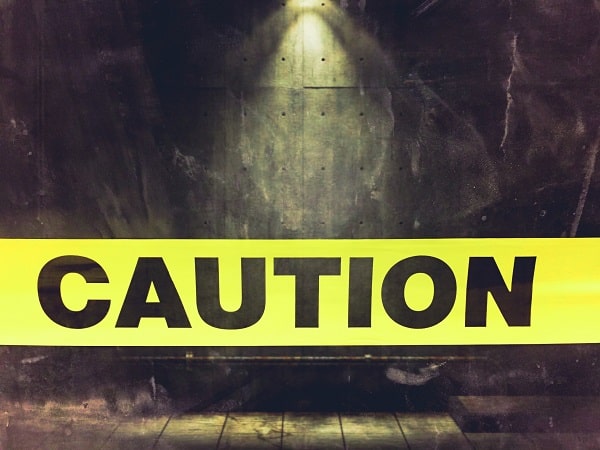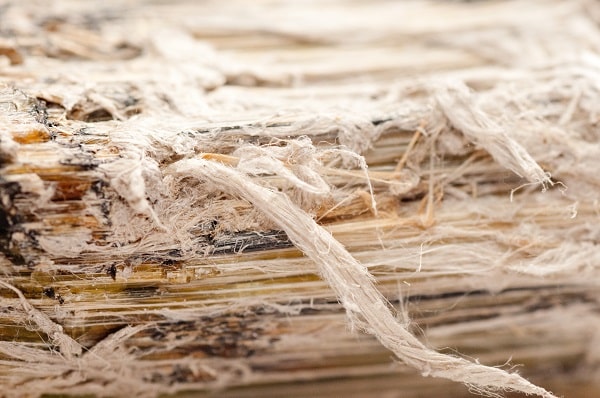Asbestos is a hazardous material that was once commonly used in construction and various other applications. However, it has since been found to be very dangerous and can cause serious health problems, especially if left exposed. Thus, if asbestos is in or around a home or building, it’s essential to handle the problem correctly to prevent further exposure and risk. To help you with this, this article will examine why asbestos is bad and how to deal with it.
Contents
Common Places Asbestos Is Found
Asbestos is a fibrous mineral that was once widely used for insulation due to its affordability, flame retardancy, and sound absorption. Despite its safety issues, asbestos can still be found in various places and materials today. It can often be in insulation around boilers and pipes, flooring tiles, roof shingles, and even automobile brake pads. Although it has been banned from construction materials since 1989, it is likely to still lurk in old homes and businesses built before that time.
In addition to those common locations, you may find asbestos in popcorn ceilings and certain types of paints, plastics, and paper. Generally, suppose the asbestos can become friable or crumbly in some way (i.e., through wear and tear or damage). In that case, there is a potential that it can then release its fibers into the air and be inhaled by those around it.
Why Asbestos Is Bad
Asbestos can cause several serious health risks despite its practical properties. All of which can lead to a variety of respiratory and other health problems, including:
Mesothelioma

When asbestos-containing particles are disturbed and released into the air, they can be breathed in by people around and even hundreds of feet away. Most mesothelioma cases arise from years of exposure to these asbestos-containing particles over time, even after inhaling only a small amount.
The particles become lodged deep within the lining of the lung, known as the pleura, and this can then cause cells to deteriorate over time, leading to malignant tumors in and around the chest cavity. These tumors can be challenging to treat and are often fatal, so it is vital to take measures to prevent exposure as much as possible.
Lung Cancer

Because the microscopic fibers of asbestos can be easily inhaled, they are also linked to other serious health problems, such as lung cancer. The microscopic fibers interfere with cell growth and damage the lungs by becoming embedded in tissue. Studies have found that people exposed to asbestos over long periods have an increased risk of developing this potentially fatal ailment.
With the cells being affected, cancerous tumors can develop along the lining of the lung as well as other areas of the respiratory system. If not detected and treated early, this type of cancer is often fatal, making it extremely important to minimize exposure to asbestos at all costs.
Asbestosis

Asbestosis is a chronic and progressive pulmonary disorder caused by asbestos exposure. It manifests with shortness of breath, chest pain, and dry coughing as the inflammatory process scars and thickens the linings of the lungs. In severe cases, fluid buildup may occur, leading to impaired oxygen transportation to other body parts. Unfortunately, asbestosis does not have a cure, and patients often require supplemental oxygen or lung transplantation to improve their quality of life.
Asbestos fibers can get trapped in the lungs upon inhalation over long periods, resulting in oxidative damage to the respiratory system. This oxidant stress impairs breathing capacity by damaging cells that line air passages, ultimately leading to inflammation and an accumulation of scar tissue which is characteristic of asbestosis.
How To Deal With Asbestos In Your Home
If you come across asbestos in your home, there are a few critical steps you should take to prevent exposure and potential health issues. Each of these steps is critical, so make sure to do all three to stay as safe as possible:
Avoid Disturbing The Area

If you discover asbestos in your home, it can be extremely unsettling. However, it is essential to remember that asbestos fibers can be hazardous if they become airborne. Therefore, when dealing with any kind of asbestos in the home, one of the most important things to do is not to make any changes or contact with disturbing material until it has been appropriately assessed and removed by a professional.
This can help minimize dust particles that carry these fibers into the air, preventing them from becoming a risk to your health and allowing them to be handled safely without further risk. Ultimately, preparation and research before attempting any action regarding asbestos are vital to avoid unnecessary risks.
Call An Asbestos Removal Company

The next step you should take is to hire an asbestos removal company. These companies are specifically trained in the safe handling and disposal of materials that contain this toxic substance and will have the necessary equipment and protective gear to prevent any additional exposure.
This can be a vital step in preventing the spread of these fibers and avoiding long-term health problems related to asbestos exposure. Additionally, working with a professional company can also mean that any removal process will be completed promptly and to the highest standards, minimizing any potential risks posed by your home’s asbestos material.
Ensure Your Health And Safety

In addition to taking these steps to get rid of asbestos in your home, it is also vital to protect your health and safety. This can include regular screenings for conditions related to asbestos exposure and avoiding any further contact with asbestos materials until they have been safely removed by a professional.
By staying informed and aware of the risks associated with this hazardous material, you can ensure that you take all necessary steps to protect your health and well-being. In the long run, this can be essential in preventing severe conditions caused by exposure to asbestos.
Understanding Why Asbestos Is Bad And How To Deal With It Is Critical
Overall, dealing with asbestos in your home can be a challenging and stressful experience. However, taking the necessary steps to assess, remove, and prevent further exposure to this toxic material can help ensure your safety and well-being. Because the health risks of exposure to this mineral can be severe, it is essential to take these steps as soon as possible in order to ensure your safety. By understanding why asbestos is bad, being prepared, and working with a professional company, you can minimize the risks associated with asbestos in your home and protect yourself from potential health issues in the future.


